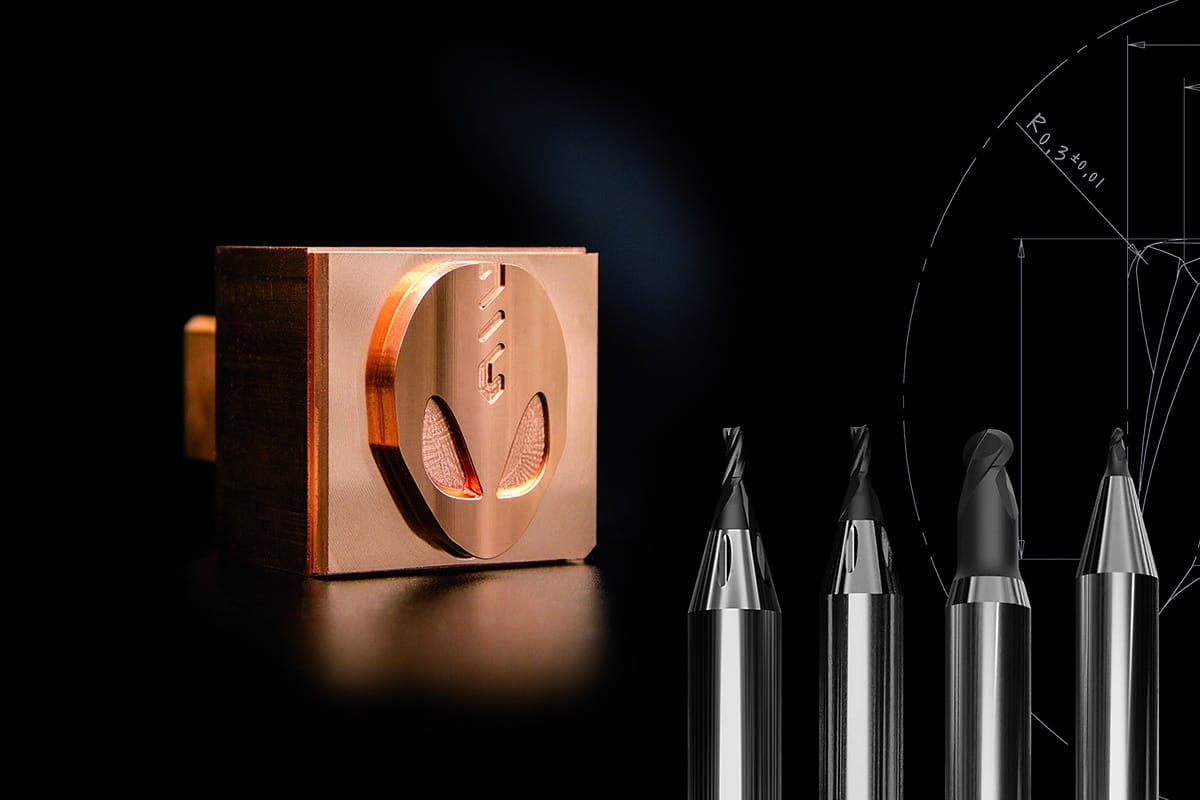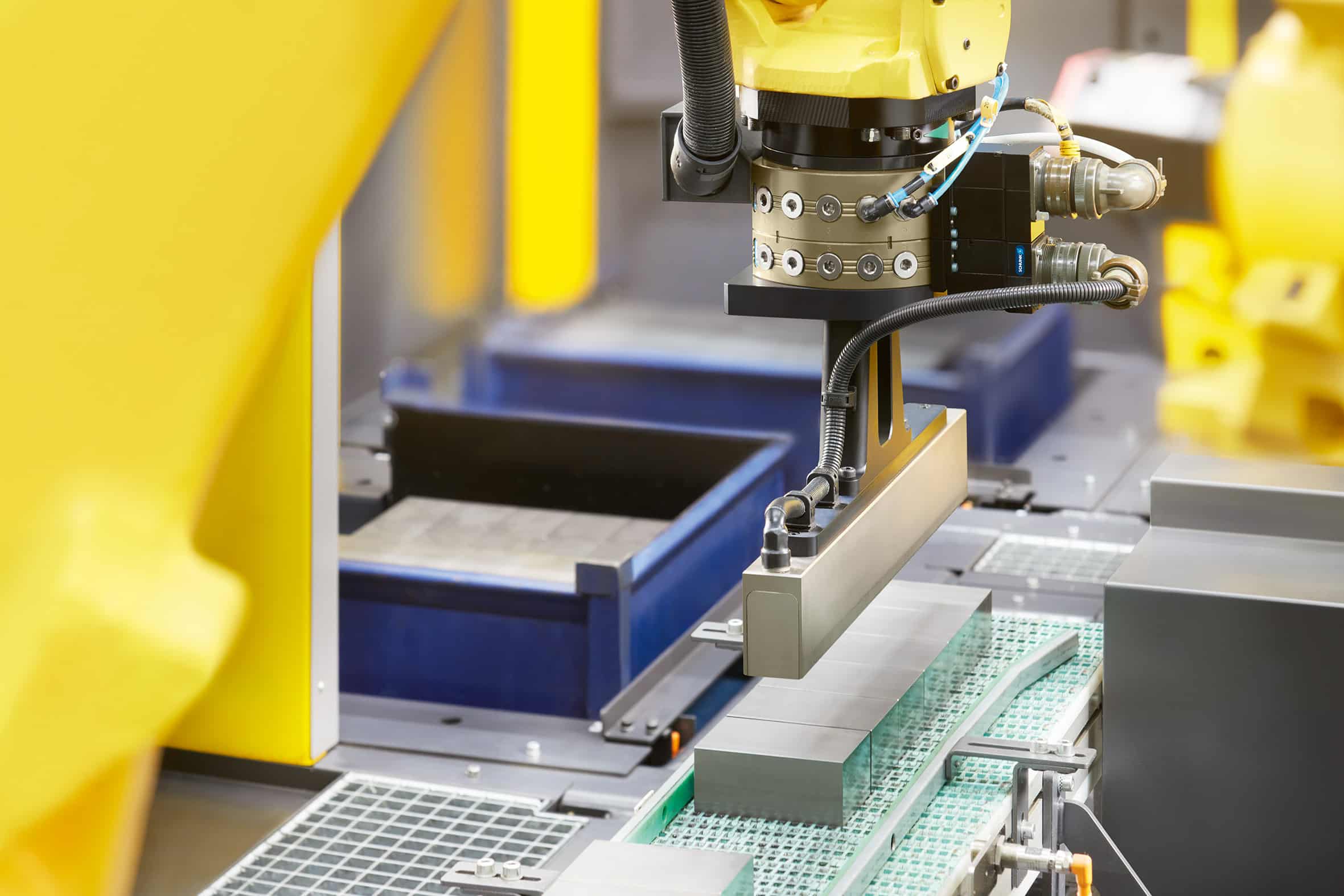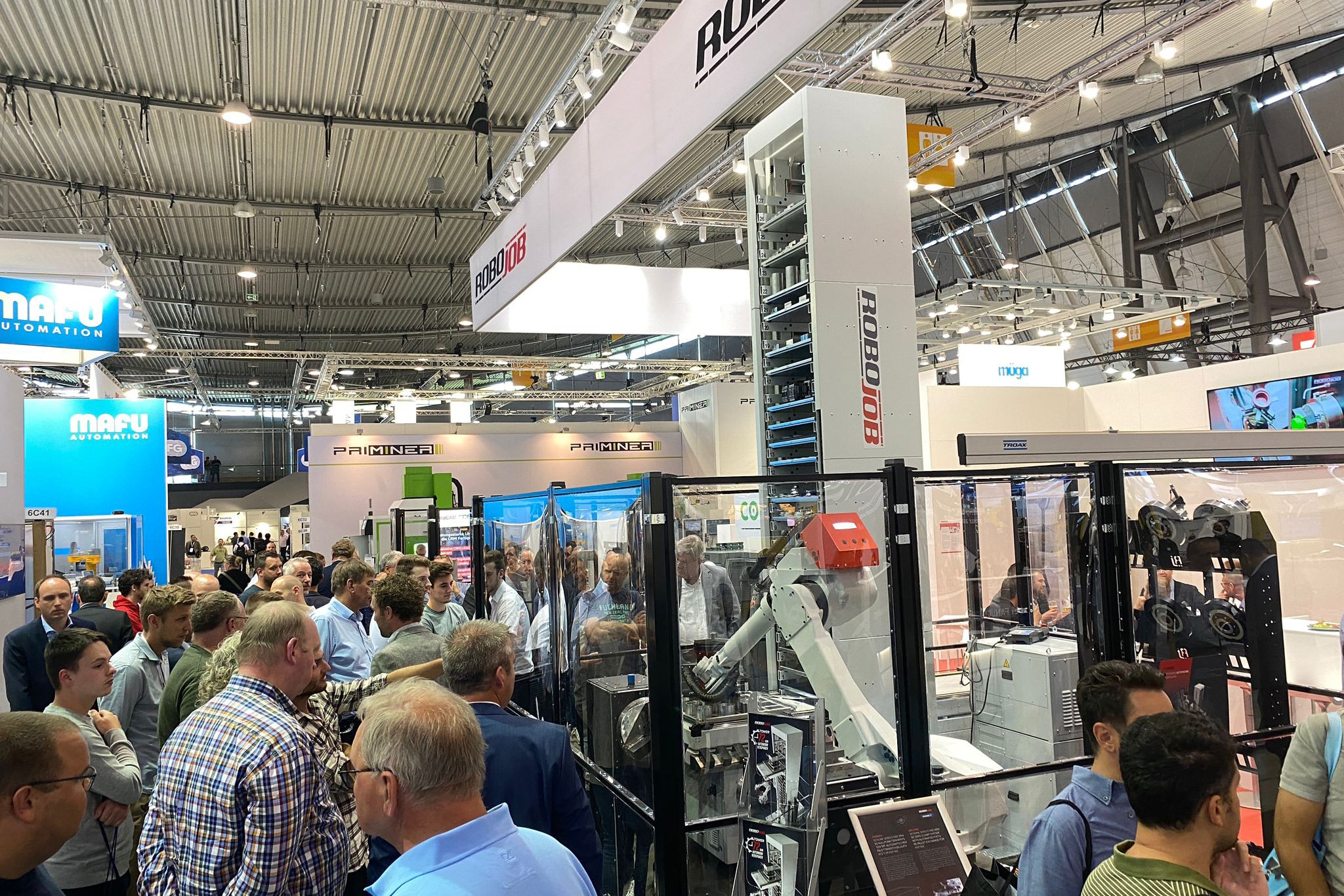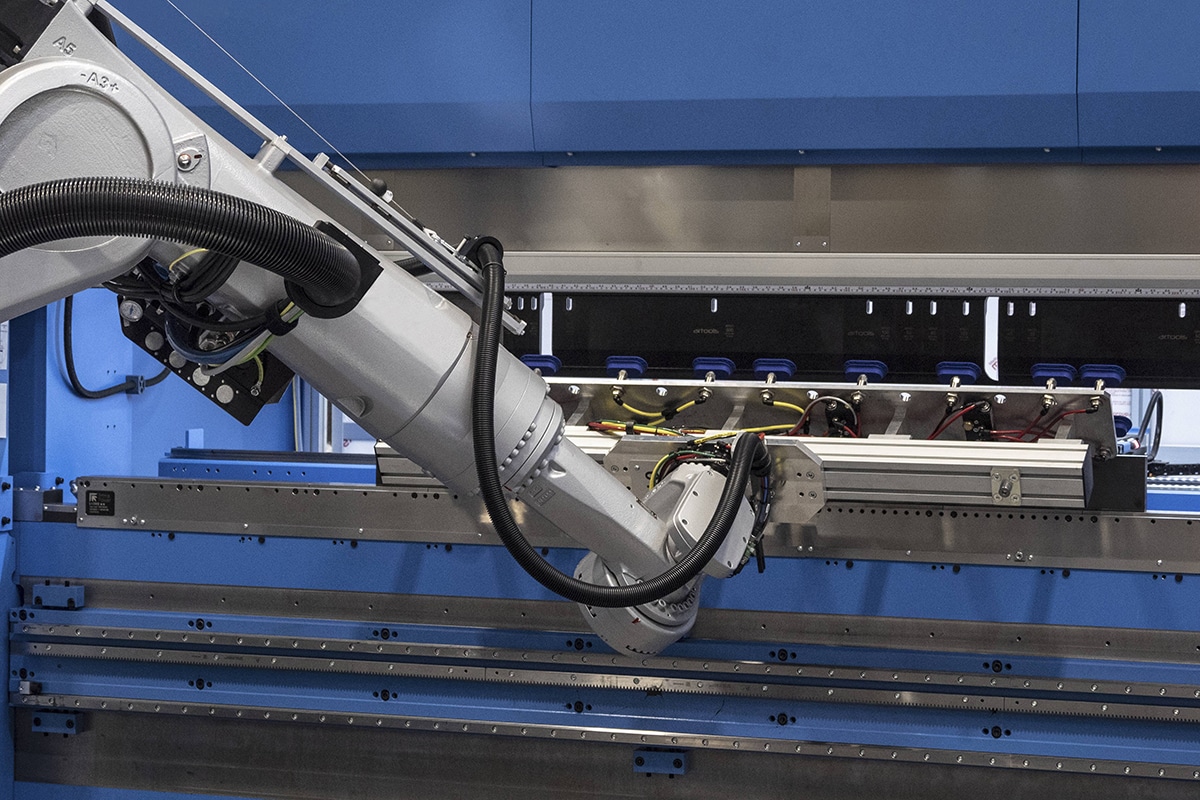
The benefits of connected plasma cutting
In recent years, plasma cutting technology manufacturers have worked hard to improve cutting quality. And with success. It improved dramatically to partially cycle the gap with other cutting technologies. The yard for the coming months and years will be supporting users to get even more out of their investment in plasma cutting technology. After all, the new controls are pulling plasma cutting into the Industry 4.0 era.
What metal users need today is insight. After all, insight into exactly how their processes run delivers numerous benefits. From perfect costing to taking steps towards preventive maintenance and therefore less downtime.
Clear steps have already been taken in this direction for plasma cutting as well. The most modern controls of plasma sources are connected controls. They can, in other words, be seamlessly connected to other machines and even to overhead software systems, via WiFi or OPC-UA. The reason for this is obvious: the more and the better machines are coordinated with each other, the fewer pieces will have to wait in the workshop for the next operation, and the better the different jobs can be scheduled. From the office, this also provides a direct view of how far along each order is.
Understanding plasma cutting
But there's more. Modern controllers also offer detailed insight into plasma cutting itself. They have tools to monitor the machine. Is the machine cutting or is it idling? How many spinning and arc hours have passed? How many consumables were used? How much energy did everything take? Data that opens up extraordinary possibilities.
To the manufacturer of the machine, to start directing maintenance and knowing which parts need replacement. But it also benefits the user, and not only because of a perfect post calculation of his production hours and costs.

On the one hand, he can use the captured data to optimize his cutting processes (whether or not in real time) and all the processes connected to them - think, for example, of the fume extraction: it can then automatically be perfectly matched to the pieces lying on the plasma cutting table according to the power used; this helps save energy and raw materials.
On the other hand, he can improve his purchasing policy of consumables. To never run out and perhaps to negotiate better prices.
Operator gets all the necessary data
Let's not forget the operator in this story, either. The latest plasma cutting sources have thought of him, too. To increase ease of use, everything can be programmed in advance. All parameters are then already set correctly according to the material, thickness and desired cut quality. He then only has to load the right program to cut the pieces flawlessly in one go. An important asset in a world of ever-smaller batch sizes.
Moreover, when and if something does go wrong, more information can be generated about what exactly is going on and why the machine is down. With all these modern gadgets that plasma cutting machines have on board today, operators can more easily operate multiple machines simultaneously. Indeed, the integrated Industrie 4.0 technology helps them monitor, control and follow up on the processes, and will also significantly reduce the number of unexpected downtimes.



